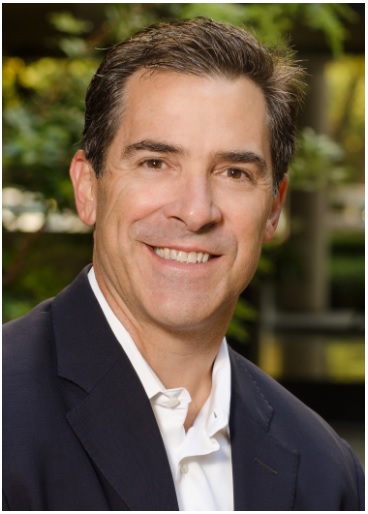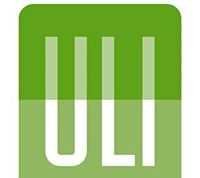Buying before you sell: Opes Advisors explains bridge loans and more
By Scott Chase, Regional Director | Opes Advisors, A Division of Flagstar Bank
WASHINGTON, D.C. – (RealEstateRama) — Timing can be everything when it comes to buying a home. When sellers face transitioning between homes, there can be a gap between the timing of the sale of their current home and the purchase of their new home. And that can generate a lot of concerns.

Opes Advisors, A Division of Flagstar Bank, can help. “Our mortgage advisors are masterful at showing how to bridge that gap and alleviate those concerns,” says Nikki James, a top-producing mortgage advisor who works for Opes Advisors in the Silicon Valley.
“Many people can buy before they sell – they just don’t know how,” Nikki says. She points out that there are three major concerns that need to be addressed when someone is selling a home.
“There are the physical concerns,” she says, “like ‘How the heck am I going to move all that stuff out of the attic; pack everything up’ – the physical side of selling. Then there is the emotional side. People think, ‘John’s not going to be sitting on the swing anymore, or swim in the pool; we won’t see our neighbors next door.’ Finally there is the financial piece: how to buy before you sell.”
“Realtors are experts at handling the physical concerns,” Nikki says, “and have the resources to get things packed, cleaned out, organized and staged. Then I handle the financial piece to get them from one place to another, and what the finances will look like long term. That allows the sellers to handle the emotional piece. And that’s where the homeowner should be, letting their real estate team worry about everything else.”
Finding the right match
Nikki says that in the Silicon Valley, she often employs three other strategies to help her clients, largely because the home prices are much higher than most markets. “The first thing I ask is if clients have existing equity lines on their current residence, and that fills the purpose of bridging. It allows them to use their equity in their current house to help buy their next home before they sell,” Nikki said. They must have sufficient income to cover all loans on both homes however.
The next strategy is a traditional bridge loan, although again, they are not the one-loan-sells-all strategy for homeowners. Most often they are designed for homeowners who have a substantial amount of equity in their current home – or own it free and clear – and most importantly, have a significant amount of income.
Nikki notes that in the Silicon Valley when someone owns a $2 million home and needs a $500,000 bridge loan to buy a $4 million home, the amount of income needed to qualify is often beyond even her high-income customers’ capabilities.
For a traditional bridge loan, for example, the seller must have sufficient income to qualify for both the mortgage payment on their current home and the home they want to buy. For those who do qualify, they can access up to 80% of the equity in their current home for up to 6 months and only pay the interest on the bridge loan. That allows the seller to make an offer to buy a new home that’s not contingent on the sale of their current home. Another option Nikki uses is to couple this traditional bridge loan with a portfolio purchase loan that will allow potential rental income on the departure home to be used to offset payments, which helps with the income requirements.
More buy-before-sell strategies
The final option Nikki uses is private bridge loans. These loans are much more flexible as many people cannot qualify for both mortgage payments.
Nikki agrees that many loan officers shy away from recommending private bridge loans, or an alternative, because of the higher costs associated with them.
“I tell my clients this is the price of the privilege of being able to buy before selling. They are already talking in big numbers of $50,000 or $100,000 when there are multiple offers. It just goes into the cost of the house purchase.
“Most of my bridge loans are not just encompassing the bridge, but also doing some creative financing on the purchase loan that allow my clients to temporarily qualify without using that debt against them,” she explains.
Nikki cautions that this kind of structure is “very complex and atypical for most loan officers,” but she has a unique market. And the fact that Opes Advisors gives her the ability to broker loans to find a fit helps her solve her unique customers’ needs.
The key says Nikki, is getting agents and sellers to ask about options and not assume that all lenders are the same. “Opes Advisors is really different,” Nikki says, noting that she has access to portfolio products like bridge loans. And if that doesn’t work she can look to broker a loan and offer a creative solution.
Opes Advisors offers its traditional bridge loan through its offices in California, Oregon and Washington, with office locations available online at www.opesadvisors.com.
# # #
Scott Chase is Regional Director for Opes Advisors, A Division of Flagstar Bank. With over 15 years in the financial services industry, he is responsible for the acquisition, retention, and expansion of sales for the Bay Area, Central Valley and Southern California. Additionally Scott leads, coaches, and supports sales activities to promote sales. For more information he can be reached at 650.543.8008 or .




